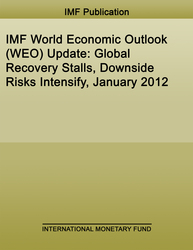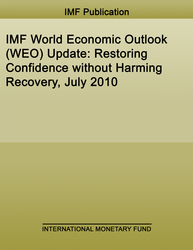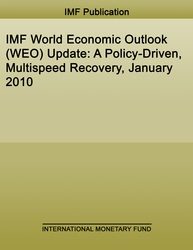
IMF World Economic Outlook (WEO) Update, January 2012: Global Recovery Stalls, Downside Risks Intensify
The global recovery is threatened by intensifying strains in the euro area and fragilities elsewhere. Financial conditions have deteriorated, growth prospects have dimmed, and downside risks have escalated.
READ MORE...
Volume/Issue:
Volume 2012
Issue 003
Publication date:
ISBN:
Add to Cart by clicking price of the language and format you'd like to purchase
Available Languages and Formats
Topics covered in this book
This title contains information about the following subjects.
Click on a subject if you would like to see other titles with the same subjects.
Also of interest
Summary
The global recovery is threatened by intensifying strains in the euro area and fragilities elsewhere. Financial conditions have deteriorated, growth prospects have dimmed, and downside risks have escalated. Global output is projected to expand by 3¼ percent in 2012 (Table 1 and Figure 1: CSV | PDF)—a downward revision of about ¾ percentage point relative to the September 2011 World Economic Outlook (WEO). This is largely because the euro area economy is now expected to go into a mild recession in 2012 as a result of the rise in sovereign yields, the effects of bank deleveraging on the real economy, and the impact of additional fiscal consolidation. Growth in emerging and developing economies is also expected to slow because of the worsening external environment and a weakening of internal demand. The most immediate policy challenge is to restore confidence and put an end to the crisis in the euro area by supporting growth, while sustaining adjustment, containing deleveraging, and providing more liquidity and monetary accommodation. In other major advanced economies, the key policy requirements are to address medium-term fiscal imbalances and to repair and reform financial systems, while sustaining the recovery. In emerging and developing economies, near-term policy should focus on responding to moderating domestic growth and to slowing external demand from advanced economies.
Copyright © 2010 - 2026
Powered by:
AIDC



